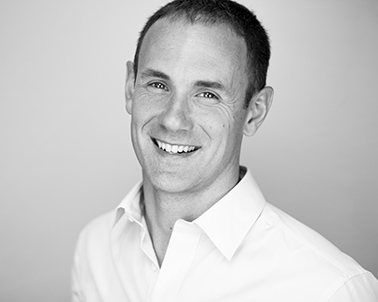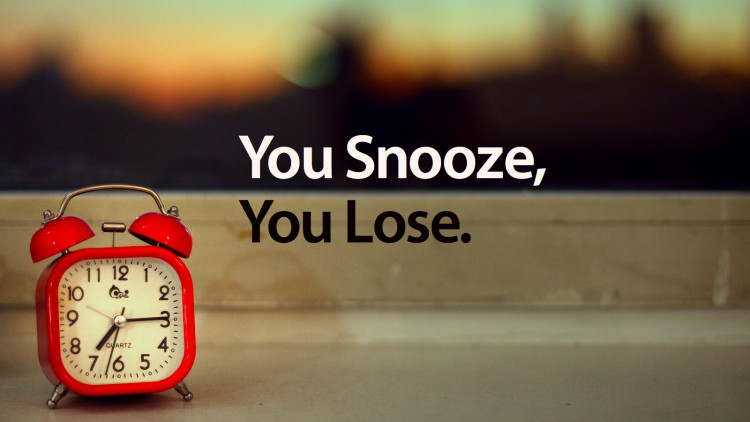I’ve been struggling.
One of my goals for this 30-Day Life By Design Challenge was to start my morning Power Hour EVERY day starting at 5 am for 30 days….not 5:01, not 5:23, 5:00.
Before I go any further, for those of you who are sitting there reading this wondering what the heck a Power Hour is…you can check out this great video by Dr. Rachelle Vanderheyden Jug outlining what it is and some best practices to help get you started.
I’ve been doing a Power Hour at 5am for several years, and believe it is the single most important strategy I use to create my life the way I want it. When I do it my day is always better. It seems to slow everything down. Things happen the way I plan rather than pin balling from distraction to distraction. I seem to be less stressed and have less drama. I love the sense of accomplishment I feel after spending an entire hour learning and working on me before most people are even out of bed. On the days I finish my Power Hour I seem to get everything on my checklist accomplished; on the days I don’t there always seems to be things left over that end up getting pushed to the next day.
So you’d think that would be all of the motivation I would need to wake up every morning at 5am, fired up, excited to complete my morning ritual…
But that hasn’t been the case since January…and I’m really not sure why. Maybe it’s because we’ve been squished like sardines into a rental home while our new house is being built. My kid’s rooms are 3 feet away and the walls are paper thin; I can’t remember the last time I didn’t get woken up at least once during the night. Or maybe I’ve been working too hard and my brain and my body are just trying to tell me it needs that extra 30 minutes of rest. Or maybe I’ve just been lazy.
For the last 5 months, each night before going to bed, I say to myself, “ok, starting tomorrow I’m going to get back on track, when my alarm goes off at 5, I’m going to get up, I’m not going to hit snooze, I’m going to get up right away, I can do this!” And then 5am comes, my alarm goes off and sure enough, somehow, I reach over and hit snooze, and before I know it its 5:15 or 5: 25 or some days even 5:45.
So last week I said enough is enough. I picked up a book I’d been meaning to read called The Power of Habit by Charles Duhigg, hoping to find a new strategy to help get me back on track.
I imagine some of you might be in a similar situation as you navigate through the Life By Design 30-Day Challenge so I thought I’d share a little bit about what I learned in hopes that it might help you break through too. I would definitely recommend you pick up the book yourself, it’s very well written, full of great stories that will help you strengthen the belief that you can in fact change your habits and also give you some simple and effective strategies to help you get there.
A habit is a choice that we deliberately make at some point, and then stop thinking about, but continue doing, often every day. Put another way a habit is a formula our brain automatically follows. When I see CUE, I will do ROUTINE in order to get a REWARD.
The first step to modify a habit and change your routine, as Charles Duhigg explains, is deciding to change it. You must consciously accept the hard work of identifying the cues, cravings and rewards that drive your habits and routines and search for alternatives. You must know that you have control and be self-conscious enough to use it.
Obviously, some habits are going to be harder to change, but the framework that follows is a great place to start.
Essentially, according to Mr. Duhigg the most effective way of changing your habits is to use the following 4 step process. For this example, let’s say the habit you’re trying to break is your daily chocolate ‘requirement’ (which I’ve chosen totally at random, lol).
1. Identify the routine.
The first step is to identify the routine. Take out your journal and ask yourself why? Why do you think you’ve created this habit? What’s the cue? What do you think is causing your response? Is it hunger? Boredom? Low blood sugar? Stress? Once you’ve identified the trigger, then ask yourself what the reward is? Is it the chocolate? Is it the burst of energy from the spike in blood sugar? Is it allowing you to avoid something you don’t want to do?
2. Experiment with rewards.
Step 2 is to experiment with rewards to find out what cravings are driving your actions. Try and identify 4-5 different hypotheses and then test them to help you figure out what cravings are driving your routine. Maybe, you think the craving is simply caused by boredom, and you think to go for a 15-minute walk at 1:45 might fulfill that need. Test it out and then look for patterns immediately afterward and write down everything comes to your mind. For example, I feel relaxed, or I’m not hungry. And then do the same thing 15 minutes later and repeat for each of your hypotheses.
3. Isolate the cue.
This may be the most difficult part due to the myriad of distractions that exist in our lives, however, research has shown that almost all habitual cues fit into one of 5 categories: location, time, emotional state, other people, and/or the immediately preceding action. So the moment an urge hits write down the answer to those 5 questions. Where are you? What time is it? What’s your emotional state? Who else is around? and What action preceded the urge? Repeat this for a while until you can start to identify a trend. For example, maybe you realize that the craving always comes at the same time of day.
4. Have a plan.
The last step is to create a plan. Based on what you’ve learned, write out a plan. If you notice that your craving happens at 2pm every day, one strategy would be to make a cup of peppermint tea each day at 1:50 to see what effect it has on your craving, or like in the example above go for a walk.
For those of you Practice Members that are reading this I know that I sound like a broken record but remember the formula:
Conscious Philosophy + Congruent Action + Time = Extraordinary Results.
I have developed a deeper understanding of how habits are created and changed my belief about them. When I take the congruent action steps explained above, as long as I allow for time and understand that it will be a process, the results are sure to be extraordinary.
I’m sharing this because I’m hopeful that it might help some of you to break through and change some of your own habits that you wish to change. I’m also sharing this because I know the power of accountability and declaration. Feel free to send me a message online or ask me in person next time you see me about how I’m doing.
Now we’d like to hear from you. Are you struggling to change a particular habit? Do you belive you can change your habit? Have you tried the method above to change it? Do you have other best practices for changing habits?
 Dr. Michael Gibson has committed himself to helping others to live the best life possible. After graduating with a Bachelor of Kinesiology from the University of Western Ontario, he received his Doctor of Chiropractic Degree and Masters of Science in Chiropractic Sports Science from Life University. He is the co-creator of Life By Design, owner of The Wellness Group, and co-owner of CrossFit 613. His passion for empowering families runs deep. After experiencing the loss of his sister due to illness, Michael’s purpose became reaching and teaching as many as possible the foundational principles of an extraordinary life. Since that time he has passionately pursued and been successful in living out his dream. He maintains a busy family chiropractic practice, a full speaking schedule and finds time to implement the principles and practices of Life By Design in his own life.
Dr. Michael Gibson has committed himself to helping others to live the best life possible. After graduating with a Bachelor of Kinesiology from the University of Western Ontario, he received his Doctor of Chiropractic Degree and Masters of Science in Chiropractic Sports Science from Life University. He is the co-creator of Life By Design, owner of The Wellness Group, and co-owner of CrossFit 613. His passion for empowering families runs deep. After experiencing the loss of his sister due to illness, Michael’s purpose became reaching and teaching as many as possible the foundational principles of an extraordinary life. Since that time he has passionately pursued and been successful in living out his dream. He maintains a busy family chiropractic practice, a full speaking schedule and finds time to implement the principles and practices of Life By Design in his own life.

[…] help you get started, here’s a great blog post by Dr. Mike outlining the best strategies to making habits […]